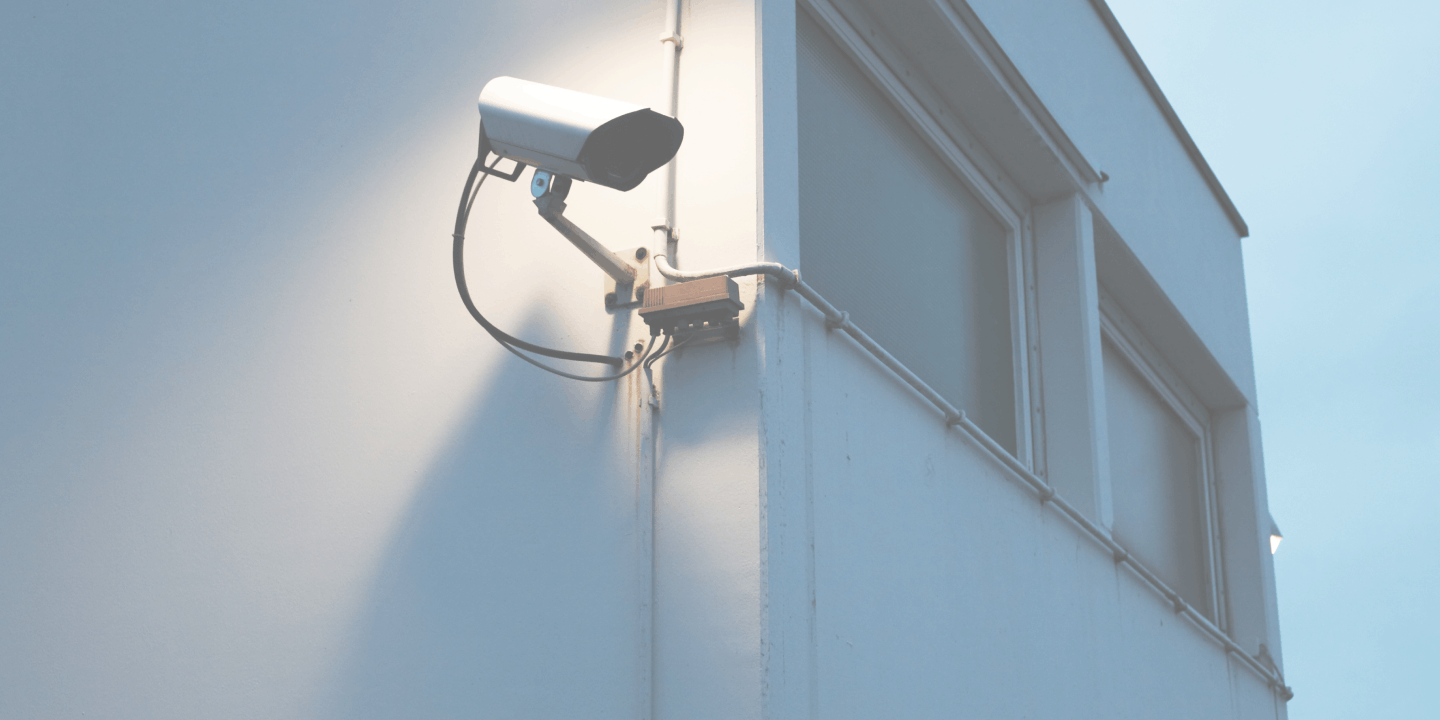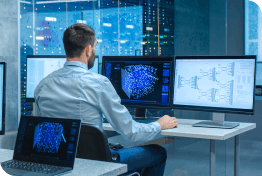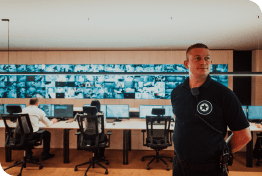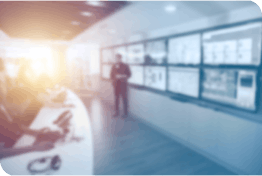
- Integrated Security Solutions
- Video surveillance
How to protect your video surveillance systems against security breaches?
In today's fast-evolving security landscape, physical industry installers play a critical role in safeguarding their clients' video surveillance installations. These systems are not just about safety and asset protection; they also offer valuable insights. But with the growing threat of security breaches, installers must up their game. In this article, we'll delve into why securing video surveillance systems is vital and provide actionable tips on how to do it effectively.
Why video surveillance security matters
In the world of video security systems, cybersecurity is king. Video surveillance often captures sensitive and private information. Many organizations rely on security cameras to safeguard people and property. Those under surveillance expect their recordings to remain confidential and only be used for security purposes. This becomes even more critical when security setups like facial recognition technology involve biometric data.
Security breaches can have serious consequences, including privacy violations, exposure of sensitive information, and even aiding unlawful activities. Unauthorized access to video feeds can lead to privacy violations, as cameras may capture personal or sensitive information without consent. Data theft is another concern, with stolen video footage used for nefarious purposes like identity theft or cyberattacks. There's also the potential for surveillance abuse, where cameras can be manipulated for unlawful surveillance, harassment, or stalking, infringing upon individuals' rights and safety.
1. Safeguard your business reputation
As an installer, your reputation is your most valuable asset. Clients trust you to provide secure and reliable surveillance solutions. Any breach or unauthorized access can severely damage that trust, leading to a tarnished reputation that's hard to recover from. Negative publicity can spread quickly, causing potential clients to doubt your competence and reliability.
2. Protect sensitive data
Video surveillance systems often capture sensitive information, such as employee movements, customer interactions, or trade secrets. A breach can expose this confidential data, leading to legal consequences, financial losses, and damaged client relationships. Protecting this data isn't just a legal requirement; it's a moral and ethical responsibility.
3. Ensure business efficiency
Security breaches can disrupt operations, causing downtime that affects your client's business efficiency. A breach might result in stolen equipment, forced shutdowns, or even vandalism, which can be costly and time-consuming. Proactively securing the video surveillance system helps maintain seamless business continuity for your clients.
How to secure video surveillance systems
Now that we understand the importance of security, let's explore what to look for when installing new video systems. It's essential to be vigilant and prioritize safety. Here are some key factors to consider:
1. Regular system updates
Outdated software and firmware are prime targets for hackers. Ensure all system components, including cameras, recorders, and software, are updated with the latest security patches.
2. Strong authentication and access control
Implement robust authentication methods such as complex passwords and multi-factor authentication (MFA) to restrict unauthorized access. Encourage your clients to change default passwords immediately to prevent easy entry points for attackers.
3. Network segmentation
Isolate the video surveillance system from the leading network to limit potential attack vectors. Creating a separate VLAN (Virtual Local Area Network) can add an extra layer of protection by reducing exposure to the broader internet.
4. Encryption
Encrypt all data transmitted and stored by the surveillance system. This ensures that even if an attacker gains access, they won't be able to decipher the information. Use robust encryption protocols such as WPA3 for wireless connections.
5. Regular security assessments
Conduct regular security audits and penetration testing to identify vulnerabilities. Fix any issues promptly and educate your clients about potential threats.
6. Physical security
Pay attention to physical safety. Ensure cameras and recording equipment are tamper-resistant and well-protected. Consider using secure enclosures and access control to prevent unauthorized physical access.
7. User training
Educate your clients and their staff on security best practices. Teach them how to identify and report suspicious activities and emphasize the importance of strong password management.
8. Data storage
Choose secure storage solutions, such as reputable cloud providers, and establish clear data retention policies.
Trust and privacy in video surveillance
Trust and privacy are foundational elements of responsible video surveillance. Adhering to privacy laws and regulations is crucial to avoid legal consequences. Ethical responsibility fosters goodwill and trust, respecting individuals' privacy and personal space. Customer trust is vital for businesses, as it builds your brand’s loyalty.
In conclusion, the data and real-world examples highlight the severe consequences of security breaches in the video surveillance industry. Implementing robust security measures protects sensitive data, ensures business efficiency, and safeguards your reputation and financial stability. Remember, your dedication to security goes a long way in building trust and ensuring the continued success of your business.


